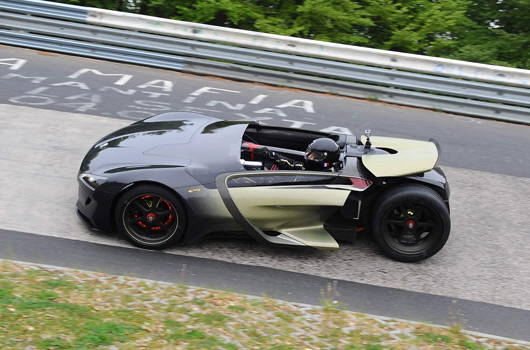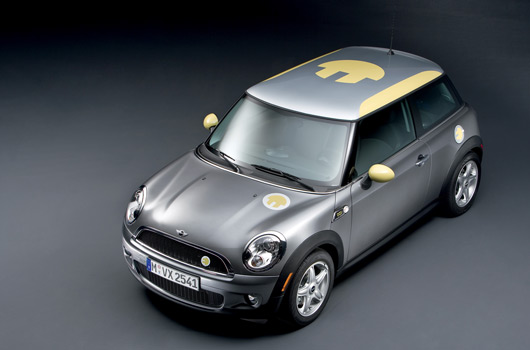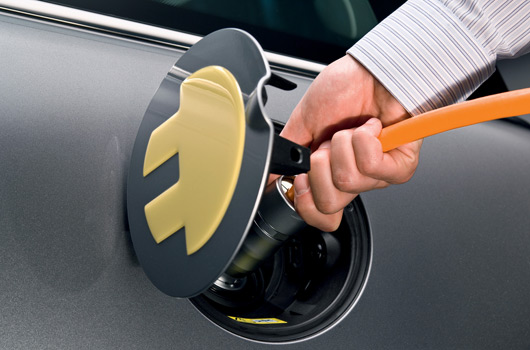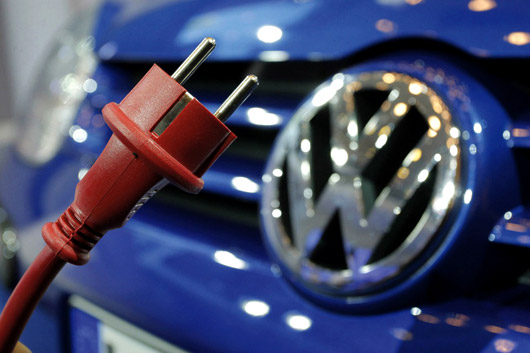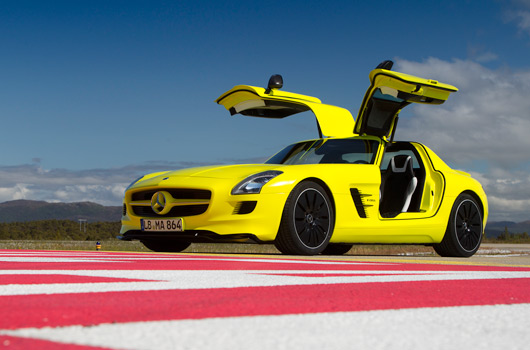
Mercedes-Benz, or more specifically, AMG is the latest manufacturer to throw its hat into the mean green hypercar segment. The SLS AMG E-Cell is powered by four electric motors offering a total power output of 392kW, with maximum torque of 880Nm. It can accelerate to 100km/h in four seconds flat; just 0.2 seconds slower than the conventionally powered SLS AMG. The E-Cell does this without emitting any CO2 emissions, of course.
In order to achieve optimum weight distribution the four motors are placed low on the chassis, as near as possible to the four wheels. This gives the car a low centre of gravity; by not placing the motors in the wheels unsprung weight is also minimised. Four engines mean all-wheel drive, too, further enhancing traction. Pretty important when pretty much all 880Nm of torque is available from standstill.
With so many new and non-traditional components under the skin the front suspension had to be completely rethought compared to the petrol powered SLS. As a result an independent multilink suspension was designed featuring horizontal dampers. It’s a bit similar to the set ups you see on open wheel racecars.
The E-Cell has a few minor external differences as well. And not just the bright “AMG lumilectric magno” paint. The front end now has a moveable front splitter which lowers itself by 7cm at speeds over 120km/h. Similarly the rear spoiler alters its position as speed increases. The lack of an exhaust system has enabled a rear diffuser to be designed with fewer compromises resulting in improved downforce.
Also seen on the outside is a new, more efficient, all LED-lighting system. Lightweight 10-spoke alloys are fitted; 19†at the front and 20†at the rear.
Inside, the centre console and instrument displays have been completely redesigned. The key feature is a 25cm touchscreen in the centre console that can be easily operated by the driver and passenger.
At this stage the E-Cell is little more than a concept car, which might explain why vital information like the time to re-charge the batteries and expected distance that can be travelled has not been mentioned. However, the official blurb below does state the E-Cell “offers the prospect of a possible small series production runâ€.
There’s lots more after the break, including a detailed press release explaining more about the E-Cell’s inner gadgets.
